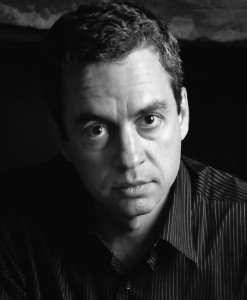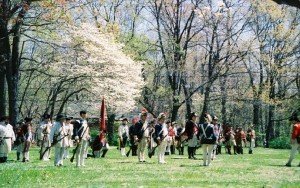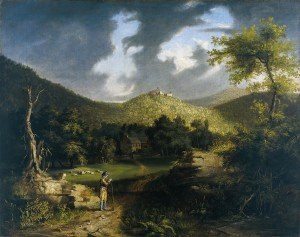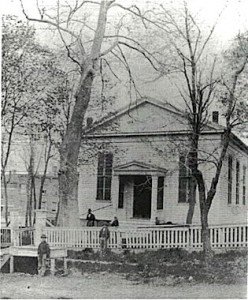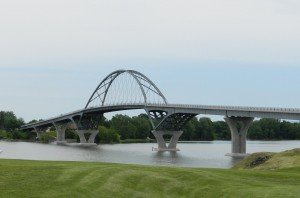 The Memorial Day weekend brings the start of the 2013 season at the Chimney Point, Mount Independence, and Hubbardton Battlefield State Historic Sites. The sites open this Saturday, May 25, at 9:30 a.m.
The Memorial Day weekend brings the start of the 2013 season at the Chimney Point, Mount Independence, and Hubbardton Battlefield State Historic Sites. The sites open this Saturday, May 25, at 9:30 a.m.
The Chimney Point State Historic Site on Lake Champlain in Addison commands one of the most strategic locations on the Lake, of importance to human beings for over 9,000 years. The site presents the Native American, early French, and early American settlement of the area. The special exhibit is What Lies Beneath: 9,000 Years of History at Chimney Point, highlighting the archaeological findings from the 2009-2011 bridge and temporary ferry project—including the likely location of the “chimney” that gave Chimney Point its name in 1759. Read more
